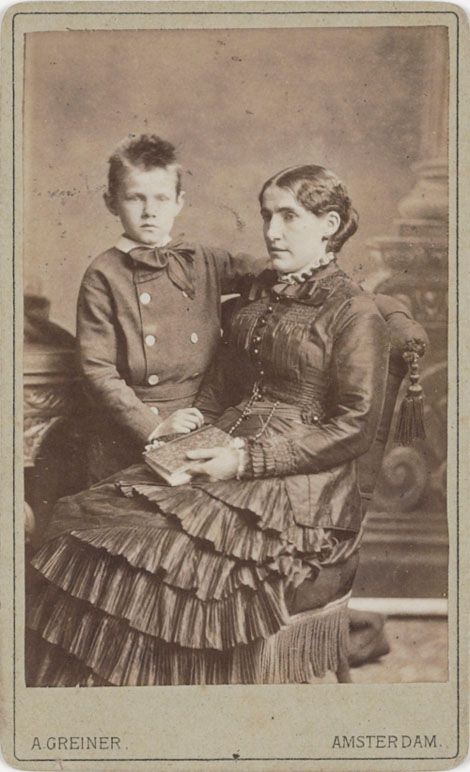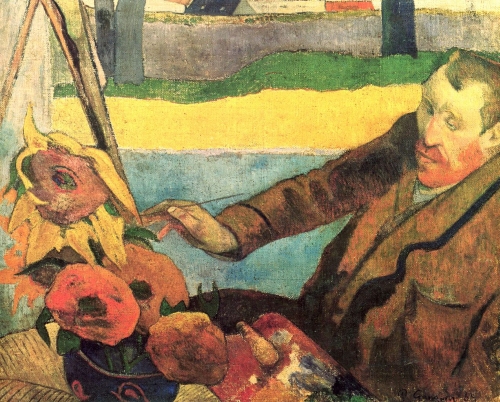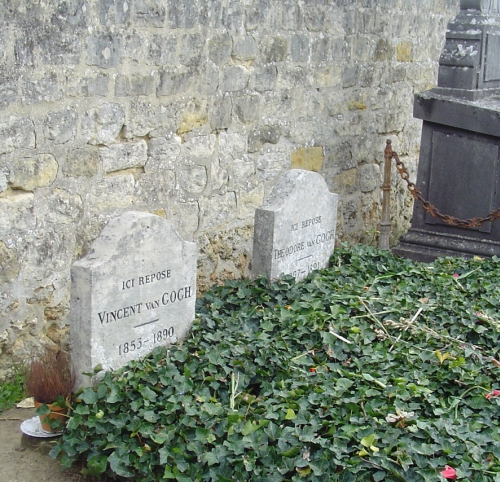Personal Life
Van Gogh’s personal life was often marked by turmoil, strained relationships and debilitating problems with mental health. Many of our insights into his thoughts, feelings and difficulties come via the extensive correspondence he maintained for much of his life, most notably with his brother Theo. Fragments of these letters were first published in the 1890s, not long after the artist’s death. As many of the artist’s letters contain his views on art and artistic principles as well as personal information, they were critical in solidifying van Gogh’s posthumous reputation and personality.
Apart from his lifelong attachment to Theo, Van Gogh’s familial relationships were often strained. In the summer of 1881, he developed an unhealthy obsession with his widowed cousin, Kee Vos-Stricker, who refused the artist’s marriage proposal. The artist’s persistent efforts to court Kee resulted in significant quarrels with both her father as well as his own.
Arguments with his father were a contributing factor to van Gogh settling in The Hague in January of 1882. There he began living with Clasina Maria “Sien” Hoornik, a lower-class mother who worked as an occasional prostitute. Unsurprisingly, this arrangement did little to improve the artist’s relationship with his father. Van Gogh initially had plans to marry Sien, and she and her family served as the artist’s models during their time together. Ultimately, however, he decided to leave her and The Hague, partly out of a continued wish to become a peasant painter.

Kee Vos Stricker with her son, 1880
One of the artist’s more notable friendships was with the French Post-Impressionist painter Paul Gauguin, who met van Gogh in Paris in November of 1887.
The pair exchanged letters and paintings and had a brief living and working together arrangement during van Gogh’s stay in the Yellow House in Arles. But the artists’ personalities were often at odds, and this, combined with van Gogh’s erratic behavior, led to Gauguin leaving Arles around Christmas of 1888, after only two months. The living arrangement proved too difficult for Gauguin when, on December 23, van Gogh allegedly threatened him with a razor blade and then ran off to a local brothel. There he turned the blade on himself and cut off part of his left ear, which he then gave to a prostitute named Rachel. The artist was subsequently hospitalized, after which he made the decision to commit himself to an asylum for treatment.
Even before he was institutionalized following this incident, van Gogh suffered from bouts of mental instability. For decades scholars have offered theories on the specific affliction he suffered from. Suggestions have included schizophrenia, bipolar disorder, poisoning from the paints he used, epilepsy, and complications from the abuse of alcohol or absinthe. Despite the great deal of speculation, there is no consensus, and it is unlikely we will ever know for certain. It is also worth remembering that many of the diagnoses are modern terms and thus potentially anachronistic to apply to a 19th-century artist.
Ultimately, Theo was the artist’s faithful lifelong companion (even if their relationship was at times difficult, notably when they were living together in Paris). It was Theo who encouraged his brother to pursue art, who supported him financially, and who accompanied him during his final hours. Six months after Vincent’s death, Theo passed as well, on January 25, 1891. In 1914, Theo’s remains were moved from Utrecht in order for him to be lain next to those of his brother’s in Auvers-sur-Oise.

Paul Gauguin, The Painter of Sunflowers (van Gogh), 1888

Graves of Vincent and Theo van Gogh
